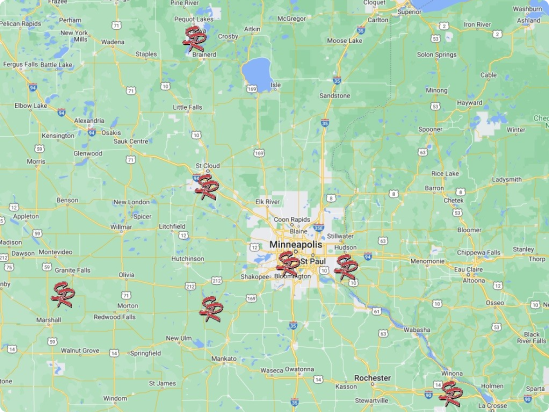Do you know what soffit and fascia are? Do you know why homeowners generally have them on their houses? It’s not unusual if you don’t understand the terms. When most people talk about residential roofing, they tend to talk about options for materials, colors, etc., and the purpose of the soffit and fascia are not the most interesting part of the conversation. But your soffit and fascia are integral parts of your roof, and they deserve a bit of attention and credit for what they do!
What is Soffit?
Here’s a bit of word trivia you can use to impress any linguists you may know: the word “soffit” derives from the Latin word “suffice”, which translates to English as “to fix underneath.”
The soffit on your house is simply the underside of your roof. If you look underneath the overhang of your roof, the material you see there will be the soffit. It’s usually made out of:
- Aluminum
- Vinyl
- Fiber cement
- Wood
- Steel
Soffits are not strictly reserved for roofs, and they can also be found underneath your porch, arches, columns, etc.
Why is Soffit Important?
Besides being more aesthetically pleasing than seeing the raw underside of a structure, soffit also plays an important role in your home’s ventilation. You will likely see a few vents in the soffit under the eaves of your house. These provide air circulation to your attic space, which helps limit moisture buildup that can cause mold growth and damage your roof. Soffit vents also keep your attic from overheating during the hottest months of the year.
They will extend the life of your roof while driving down your utility costs!
What is Fascia?
More word trivia: “fascia” is a Latin word that translates to any of the following: band, bandage, ribbon, swathe.
Fascia boards run along the edge of your roof. They are essentially the trim on the outside of your home. They provide a nice, finished edge to your roof. Fascia boards are generally made out of:
- Wood
- Vinyl
- Plastic
- Aluminum
Why is Fascia Important?
Not only does fascia add a nice outline around the edge of your house, but it also blocks moisture from getting into your home. Most importantly, it provides a place for your house’s gutters to be attached to. Without a fascia, you will have serious water problems during rainy days and throughout the winter months.
Look for Damage to Your Soffit and Fascia
Just like your roof, your soffit and fascia are not immune to damage, especially if they are old. They can rot, crack, and lose their effectiveness over time. It’s usually a good idea to have them replaced when you get a new roof. To get a free quote on your next roofing project, contact Schmidt Roofing for a free quote today.


